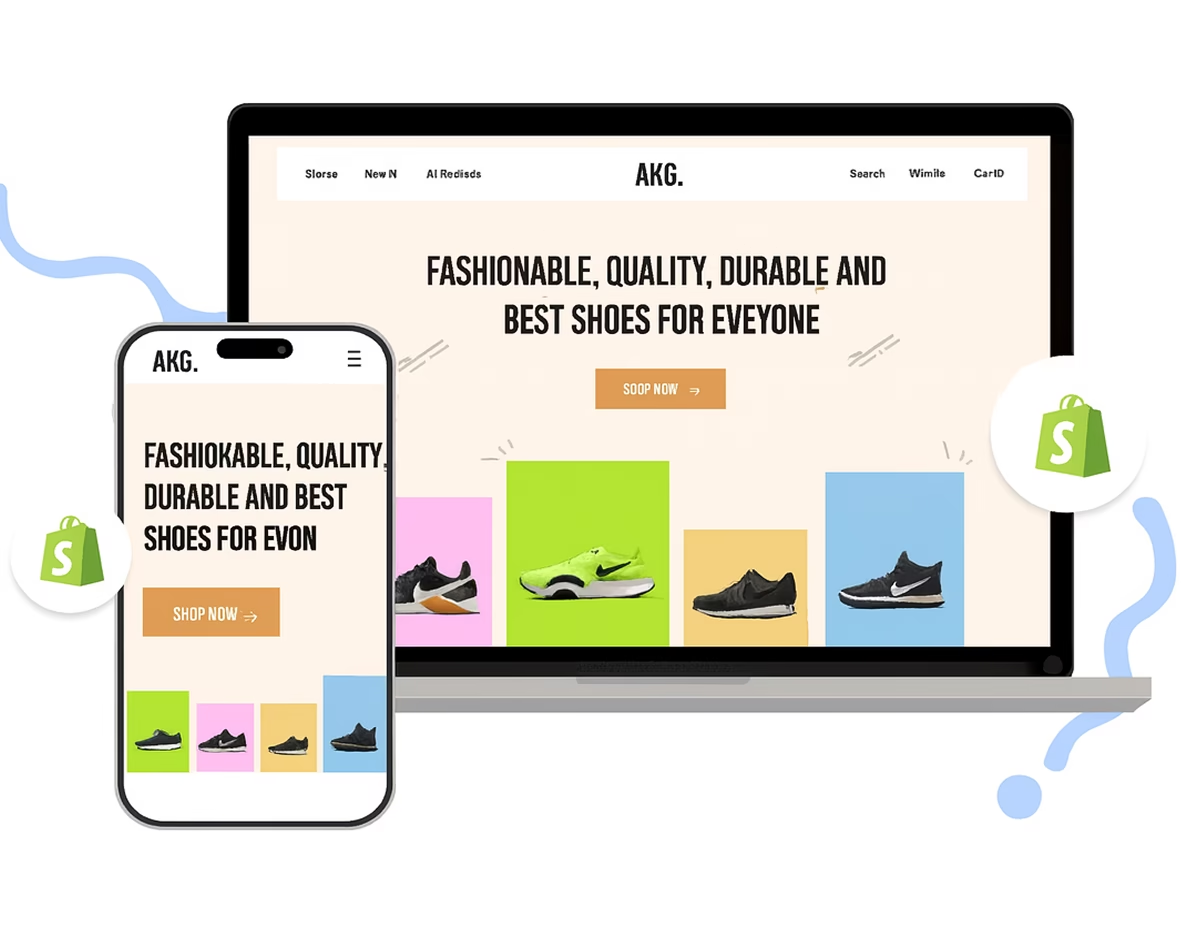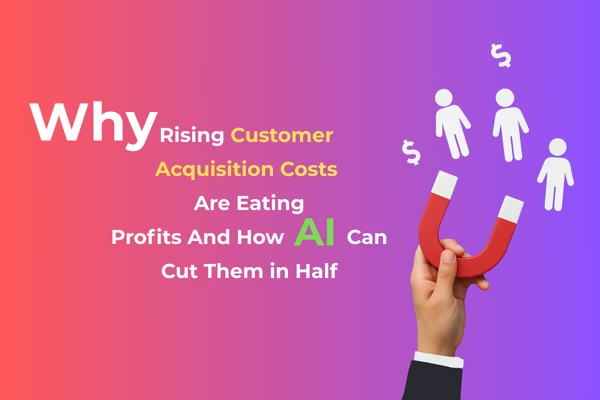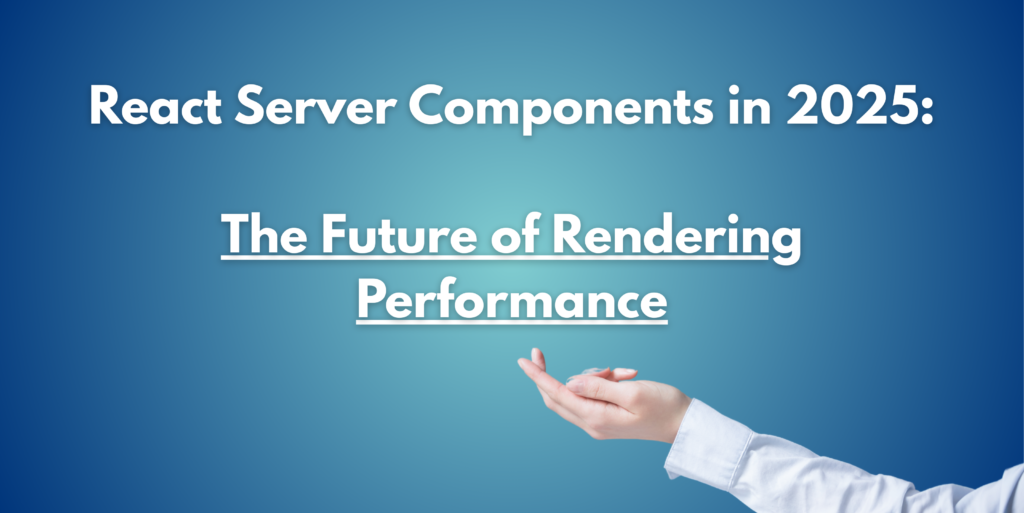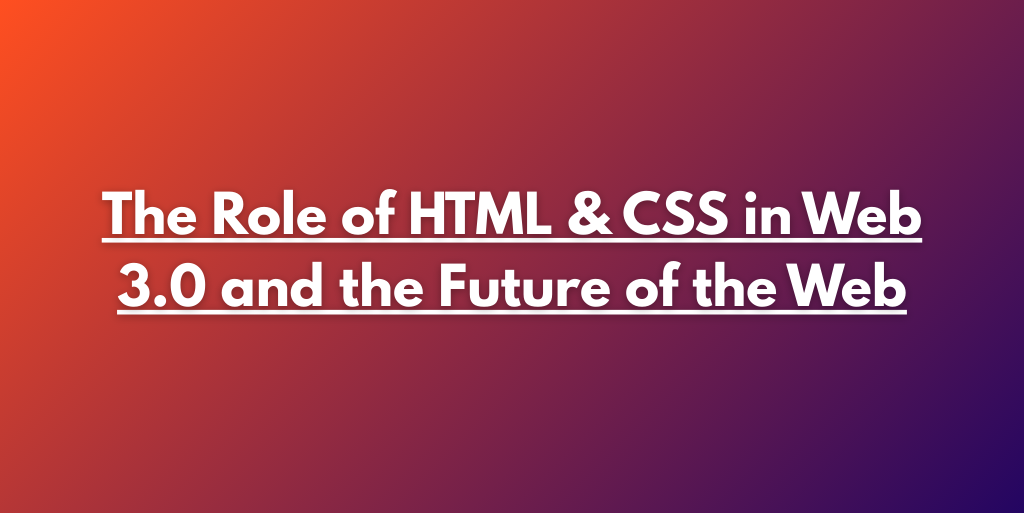Table of Contents
Introduction
Understanding AI APIs and Their Growing Role
AI APIs Driving Automation Beyond Repetition
Improving Decision-Making with Predictive AI APIs
Scalability and Accessibility of AI APIs
Security, Reliability, and Responsible Use of AI APIs
The Future of AI APIs in Workflow Automation
Wrapping Up
Introduction
Artificial Intelligence is no longer a distant innovation — it’s an active part of how modern businesses operate. From automating repetitive processes to improving decision-making, AI technologies are redefining the way teams work every day.
Among these advancements, AI-powered APIs have become one of the most practical tools for integrating intelligence directly into existing workflows — without the need for complex infrastructure or in-house data science teams.
This transformation isn’t about replacing people — it’s about enhancing productivity, accuracy, and speed across every department.
Understanding AI APIs and Their Growing Role
An AI API (Application Programming Interface) allows software systems to connect with artificial intelligence models — such as those for language processing, image recognition, or predictive analytics — through simple API calls. Instead of building a model from scratch, businesses can plug in ready-made AI services and start using them immediately.

For example:
- A retail company can use a vision AI API to analyze shelf inventory in real time.
- A finance platform can integrate a risk-assessment API to detect anomalies or potential fraud.
- A marketing team can use a language model API to generate personalized messages at scale.
These integrations make AI adoption simple and scalable — a philosophy that aligns closely with Whizlancer’s AI software development services, where intelligence is built directly into digital products and automation workflows.
AI APIs Driving Automation Beyond Repetition
Modern APIs go beyond simple task automation, enabling systems to handle context-aware decisions that previously required human intervention.
Everyday Applications of AI APIs
- Customer Support: Chat and sentiment analysis APIs interpret customer intent, route tickets, and resolve common issues automatically and improving both response time and satisfaction.
- Document Processing: OCR and NLP APIs extract data from forms, invoices, or contracts, turning unstructured text into actionable information.
- Human Resources: Recruitment platforms use AI APIs to screen resumes, evaluate fit, and reduce bias during hiring.
- Finance: Predictive APIs analyze spending behavior, forecast cash flow, and flag irregular transactions before they become problems.
By integrating these tools, businesses can replace hours of manual effort with measurable, data-driven efficiency. You can explore practical automation examples in Whizlancer’s AI-powered workflow solutions.
Improving Decision-Making with Predictive AI APIs
One of the most powerful ways AI is transforming business today is through predictive intelligence and the ability to see what’s coming next.
With predictive AI APIs, organizations can turn raw data into meaningful foresight. Instead of just reacting to events, they can anticipate outcomes, detect risks early, and make smarter, faster decisions.
Here’s how businesses are already putting it to work:
- 🚚 Logistics: AI-powered route optimization APIs predict delivery times, reduce fuel costs, and improve on-time performance.
- 🛍️ Retail: Demand forecasting APIs help retailers adjust inventory before trends shift, preventing overstock or shortages.
- 💳 Finance: Credit-scoring APIs assess borrower risk with greater precision, improving lending accuracy and reducing losses.
What makes predictive AI so impactful is that it doesn’t replace human judgment and it enhances it. These tools give decision-makers real-time insights that lead to better strategy, smarter operations, and stronger resilience.
If you’re ready to explore how predictive AI can elevate your business decisions, Whizlancer’s Data Analytics and API experts can help you build intelligent systems that think ahead.
Scalability and Accessibility of AI APIs
Before AI APIs became common, using artificial intelligence was extremely expensive and complicated. Companies needed powerful servers, large datasets, and expert engineers to build and maintain AI systems, something only big corporations could afford.

Then came AI APIs — ready-to-use tools that make AI accessible to everyone. Instead of building models from scratch, businesses can now connect to these APIs and instantly use AI for tasks like analyzing data, automating workflows, or improving user experiences.
Because these APIs are cloud-based, they automatically handle all the heavy work — training, scaling, and updates — without needing in-house technical teams.
That means whether you’re a startup or a large enterprise, you can deploy AI-powered features in just days instead of months.
This new level of accessibility has democratized AI, allowing even small businesses to use advanced capabilities like:
Customer sentiment analysis
Invoice automation
Fraud detection
It’s a major step forward — and one of the core principles behind Whizlancer’s AI-first development approach, which focuses on giving every business, regardless of size, access to world-class AI innovation.
Security, Reliability, and Responsible Use of AI APIs
Responsible use of AI is critical. Data privacy, ethical practices, and transparency must be maintained.
Trusted API providers use encryption, anonymization, and GDPR-compliant frameworks to ensure sensitive data remains protected. Still, human oversight must remain part of the loop especially in critical areas like hiring, finance, and healthcare.
Businesses that combine machine intelligence with ethical governance will gain a long-term competitive advantage. At Whizlancer, responsible AI integration is built into every deployment ensuring compliance, accuracy, and accountability from design to delivery.
The Future of AI APIs in Workflow Automation
AI APIs are quickly becoming the core of modern business operations. They act like smart connectors that bring together different tools such as CRM platforms, analytics dashboards, customer apps, and databases to create one smooth and intelligent workflow.
Instead of using separate systems that don’t communicate, AI APIs help everything work together in real time. They are:
- Automate repetitive tasks like data entry or report generation 🧾
- Analyze information instantly and suggest the next best action 💡
- Learn from user behavior to improve decisions over time 🔁
This means businesses can run more efficiently, make smarter decisions faster, and free their teams from manual work.
In the near future, companies won’t just add “AI”, they’ll build entire workflows around it.
And if you want to see how this transformation can happen in your business, Whizlancer’s AI API experts can help you design and integrate intelligent automation tailored to your existing ecosystem.
Discover more about AI-driven innovation on Whizlancer’s blog.
Frequently Asked Questions (FAQs)
Q-1. How much does it cost to use the OpenAI API?
OpenAI provides a free trial with limited credits when you first sign up, but continued access requires a paid plan. So while the OpenAI API isn’t entirely free, developers can explore it at no cost initially. After the free credits are used, billing is based on model type and usage volume.
Q-2. How can I get an API key for OpenAI?
You can easily get an OpenAI API key by creating an account on OpenAI’s platform. Once logged in, navigate to your account dashboard → View API Keys → Create new secret key. Copy it securely, as it’s needed to authenticate any API calls.
Q-3. Does Google offer free AI APIs?
Yes, Google AI APIs like Vision AI, Natural Language, and Vertex AI include free usage tiers for experimentation and testing. While Google AI APIs are not fully free, the free limits allow developers to try key features before committing to a paid plan.
Q-4. What kind of API does Character AI use for conversations?
Character AI uses its own proprietary conversational AI models rather than public APIs like OpenAI’s. While users interact through the Character.AI website or app, the underlying system relies on custom-built neural architectures optimized for dialogue simulation, not an open or third-party API.
Q-5. What does API mean in artificial intelligence?
In artificial intelligence, an API (Application Programming Interface) acts as a gateway that allows software applications to connect with AI models or services. For instance, using an AI API, a developer can send text, image, or audio data to a model and receive intelligent responses without building the AI system from scratch.
(Tip: Never share your API key publicly — it’s linked to your account.)

























